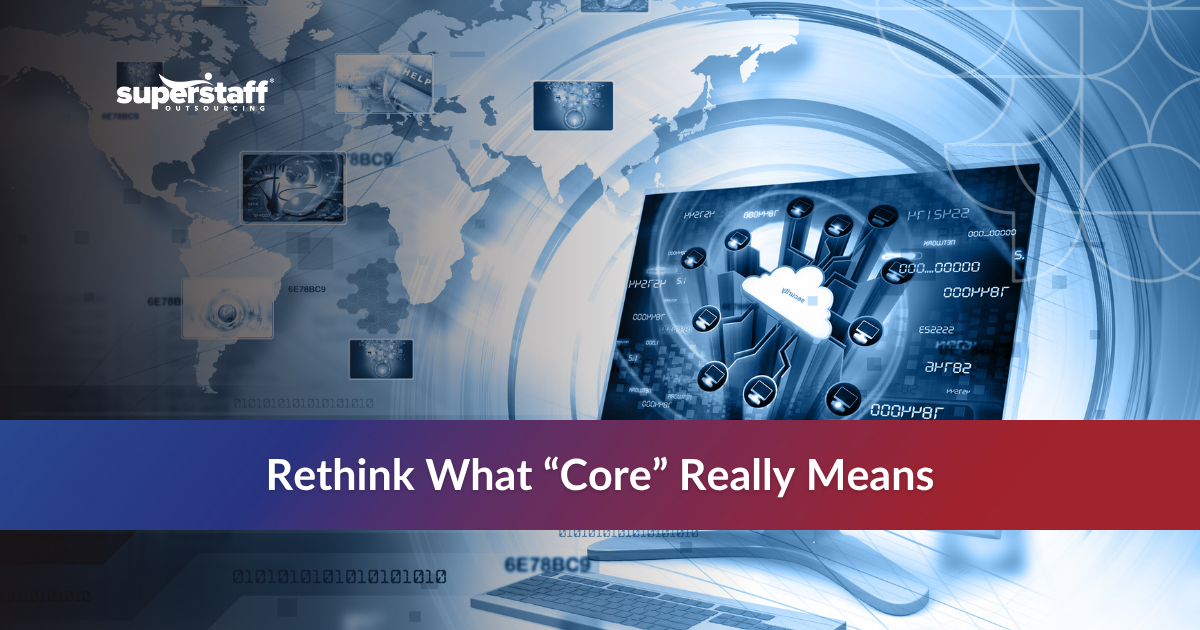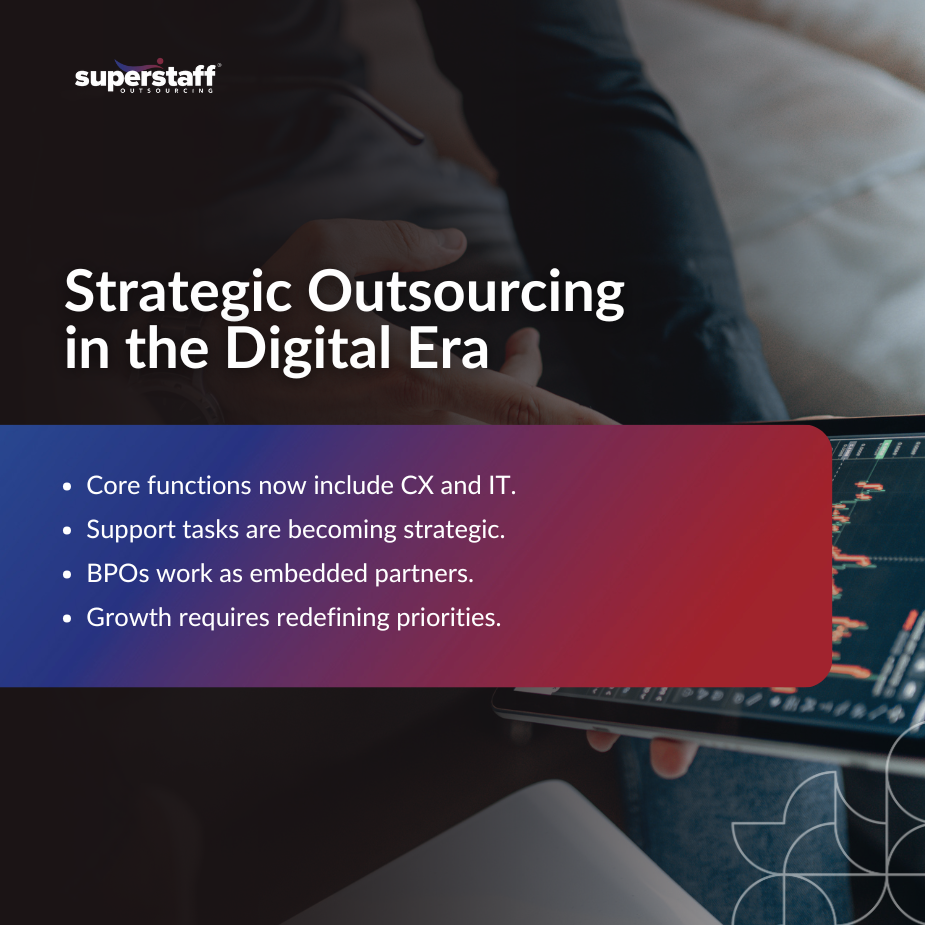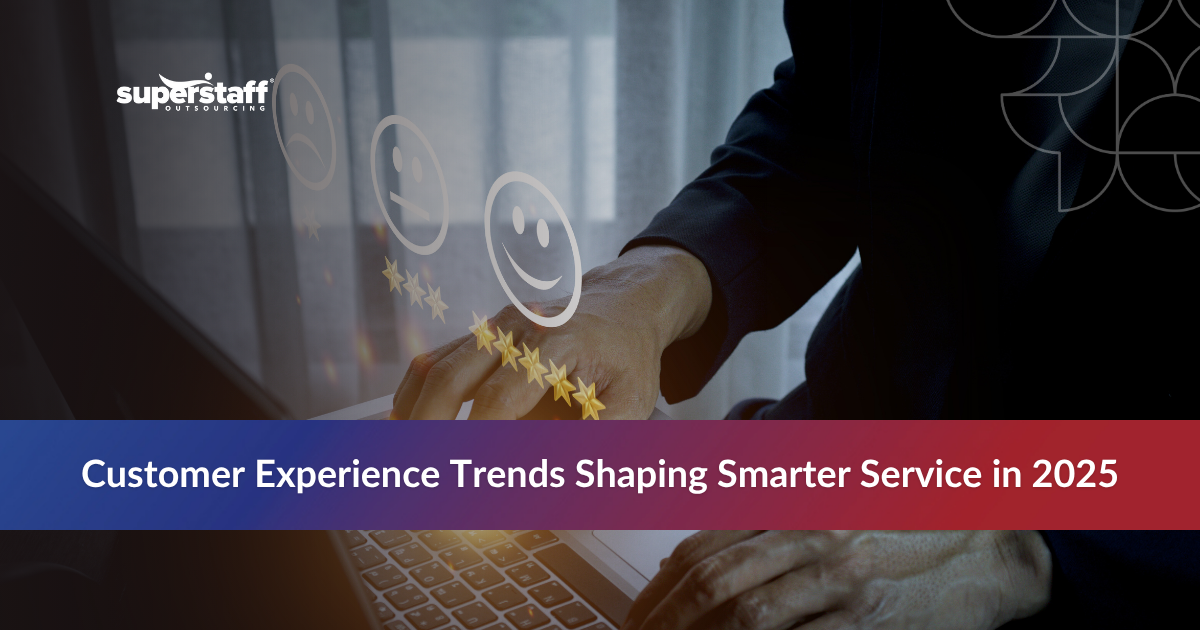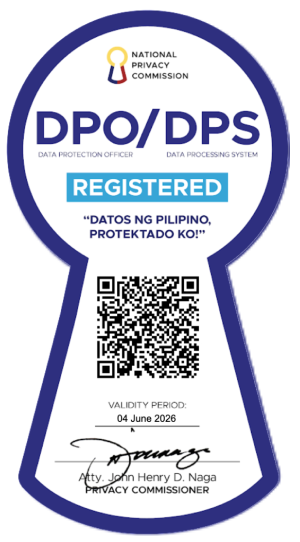
The line between core and non-core business functions is no longer as clear as it once was. In today’s hyper-digital business environment, the old ways of categorizing work are proving insufficient. What used to be considered peripheral or secondary is now often central to delivering exceptional customer experiences, harnessing innovation, and gaining a competitive edge.
In a digital-first economy, agility, innovation, and speed-to-market are everything. Businesses can no longer afford to silo their operations according to outdated definitions. Strategic outsourcing is rising to the forefront—not just to cut costs, but to unlock sharper focus, scalability, and the flexibility needed to navigate disruption.
As the definitions of core and non-core evolve, businesses must rethink how they allocate resources and what they choose to outsource. This blog explores how redefining core and non-core in a hyper-digital landscape can unlock efficiency, innovation, and strategic growth through outsourcing.
Outdated Definitions No Longer Apply
For decades, business leaders operated with a fairly straightforward model. Core functions were the lifeblood of the business—product development, marketing, sales, and executive decision-making. Everything else? Non-core. This typically included administrative support, payroll, customer service, and IT maintenance. These non-core functions were considered ripe for outsourcing, mainly to reduce operational costs.
But this view no longer aligns with how modern organizations deliver value. Strategic outsourcing now plays a critical role in enabling innovation. When you consider how brands differentiate themselves in a crowded market—through seamless customer experiences, smart use of data, and rapid technology adoption—it becomes clear that many so-called “non-core” functions are in fact deeply strategic.
Think about customer support. Once considered a basic necessity, today it serves as a direct channel for brand engagement and loyalty building. Data analytics, previously viewed as back-office support, now guides real-time decision-making across entire enterprises. In this climate, drawing a hard line between core and non-core is not just limiting—it’s risky.
Digital Transformation Has Redrawn the Map

Digital transformation outsourcing is not just about plugging in automation or migrating to the cloud. It’s about rethinking how every business function contributes to long-term goals. When IT infrastructure, cybersecurity, and even content moderation impact customer satisfaction and operational efficiency, they no longer support tasks—they’re strategic levers.
Consider how data science and CX teams now drive revenue opportunities through personalized experiences. Or how DevOps and technical support streamline product iterations in real time. Even regulatory compliance, once relegated to the back office, can now be a point of differentiation when companies demonstrate transparency and trust in a data-sensitive world.
This is why strategic outsourcing is no longer an operational afterthought. Companies are turning to partners who bring not just skills, but also deep industry insight and digital fluency. The emphasis is on value generation, not task completion. As core and non core activities continue to blur, agility becomes the new competitive currency.
Refocusing Internal Energy on What Matters Most
Businesses today must ask themselves: What truly sets us apart in the market? What internal capabilities are worth preserving—and which ones can a trusted partner execute more efficiently and innovatively?
Strategic outsourcing gives leaders the clarity and capacity to focus on their differentiators. Rather than stretching internal teams thin across competing priorities, they can double down on high-impact initiatives—whether that’s product innovation, market expansion, or enhancing brand equity.
At the same time, outsourcing allows access to world-class capabilities. From multilingual customer support to IT escalation management, partners can handle complex operations with speed and precision. Importantly, strategic outsourcing ensures continuity and scalability, even during times of economic volatility or unexpected growth spurts.
In this way, outsourcing no longer means relinquishing control. On the contrary, it’s about retaining control over the business vision while letting experts handle the execution. With the right frameworks in place, companies can co-architect outcomes with their partners instead of just offloading tasks.
Outsourcing Is Now a Collaborative Ecosystem
The relationship between client and outsourcing provider has evolved dramatically. It’s no longer a transactional model. Strategic outsourcing now operates in a collaborative space where both sides work toward shared goals. This partnership dynamic is especially important when navigating digital transformation outsourcing, which often involves complex integrations and real-time responsiveness.
KPIs are co-designed. Success metrics go beyond SLA compliance and instead focus on business impact—customer satisfaction, faster turnaround times, stronger retention rates. Many modern BPOs embed their teams directly into the client’s workflow, adopting the same systems, protocols, and brand tone.
This shift from delegation to collaboration underscores a broader truth: strategic outsourcing is a growth accelerator. When BPOs function as seamless extensions of the internal team, companies gain not only efficiency but also agility, innovation, and deeper market reach. The model encourages experimentation and iteration while minimizing risk and overhead.
In a hyper-digital business environment, speed and adaptability are vital. Whether you’re launching new services, supporting global customers, or scaling seasonal operations, outsourcing provides the infrastructure to move fast without sacrificing quality.
A New View of “Non-Core” Unlocks Competitive Advantage
Take a moment to think about the companies leading their industries right now. You’ll find they are highly selective about where they concentrate their energy—and equally strategic about what they outsource. Let’s consider a few industry-specific shifts that underscore how “non-core” is becoming “mission-critical.”
In retail, brands are outsourcing customer service to partners who can deliver seamless, omnichannel support. This allows them to concentrate on product development and experiential retail. Customer experience is no longer just a support function—it’s a brand-defining asset.
In healthtech, companies are outsourcing medical billing, coding, and patient coordination to streamline workflows and free up resources for R&D. The result? Faster innovation, fewer compliance risks, and improved patient outcomes.
In finance, firms are turning to outsourcing for AML and compliance tasks to better manage digital threats while preserving in-house bandwidth for strategic planning and client services.
These aren’t fringe examples—they’re indicative of a broader shift. Strategic outsourcing, when applied intentionally, becomes a tool for focus, scalability, and market leadership. It’s part of the best practices for outsourcing in a hyper-digital business landscape—realigning operations to support speed, security, and personalization at scale.
SuperStaff: A Partner in Realigning Your Core
At SuperStaff, we understand that today’s leaders aren’t just looking for labor arbitrage. They want a partner that can help them reimagine what’s possible. That’s why our approach to strategic outsourcing is centered on seamless integration, shared KPIs, and business continuity.
We support clients in CX, back office operations, multilingual support, IT services, and specialized industries like healthcare, logistics, and e-commerce. Whether you’re navigating digital transformation outsourcing or simply looking to expand customer support, we help you stay aligned with what matters most—your mission, your customers, and your brand identity.
Our teams aren’t just trained to follow a script. They’re trained to embody your values, adapt to your processes, and uphold your standards. By embedding directly into your operations, we help you redefine core and non core activities without losing control or cohesion.
Through SuperStaff’s agile and human-centric model, you gain the strategic breathing room to innovate confidently. Whether you’re scaling globally, testing new offerings, or enhancing compliance protocols, we’ll be there managing the complexities—so your internal teams can lead the charge on what differentiates you.
Conclusion: Strategic Outsourcing Is the New Core
In a hyper-digital landscape, redefining what’s “core” is essential for sustainable growth. Business leaders must acknowledge that the traditional dichotomy of core vs. non-core no longer serves modern organizational goals. Agility, speed, and digital fluency are now part of the strategic equation—and outsourcing can no longer be seen as a back-office solution.
Strategic outsourcing enables companies to thrive in complex, fast-paced environments. By reevaluating which functions should remain internal and which can be enhanced through external expertise, decision-makers can unlock untapped value across their organizations.
It’s time to stop thinking in silos and start thinking in systems. With a partner like SuperStaff, your business can shift from reactive to proactive, from operational to strategic, and from incremental growth to transformative results. Let us help you focus on what matters most—while we expertly manage the rest.






